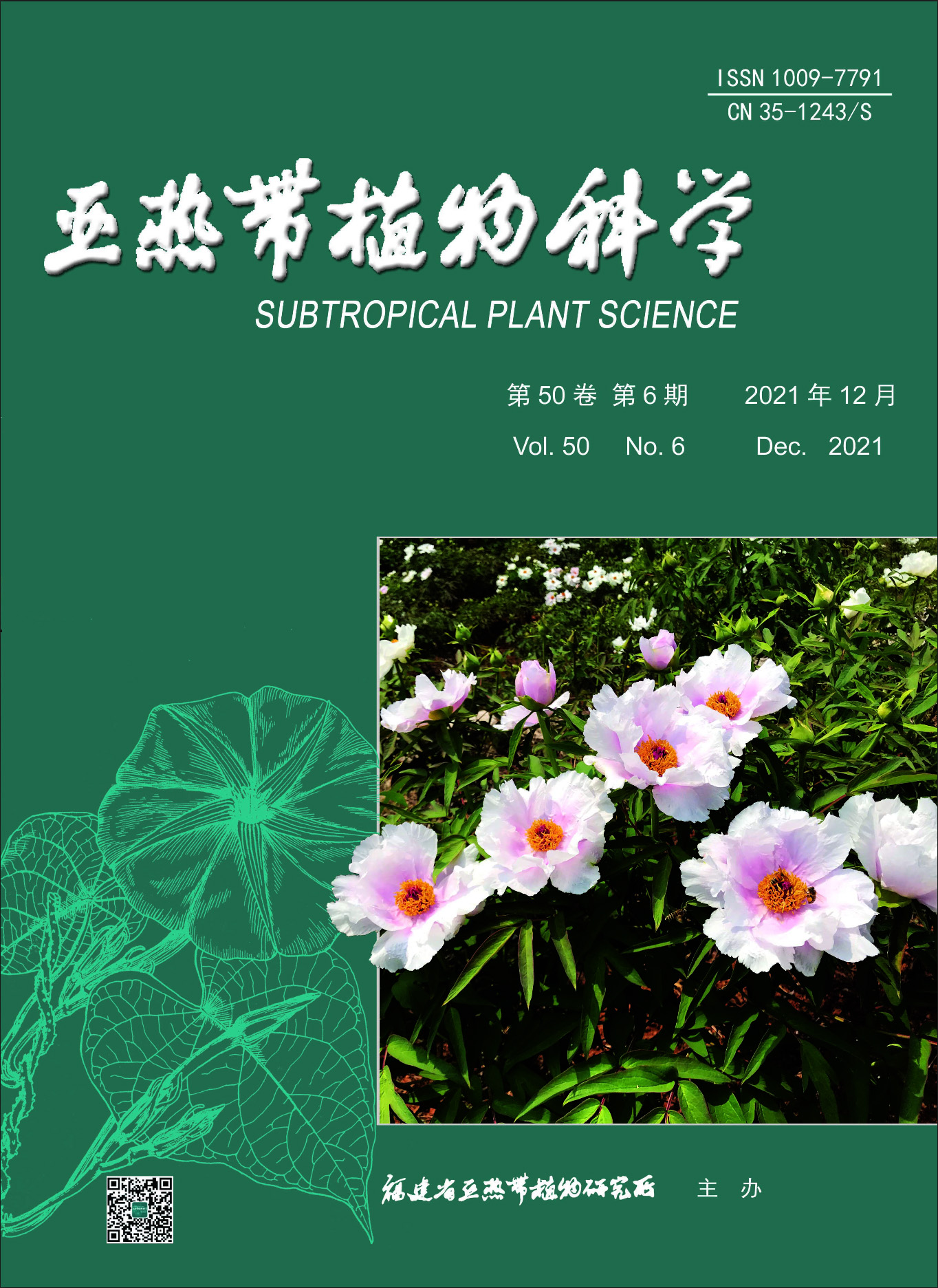|
|
Effects of Wuyi Charcoal Baking Process on the Volatile Components of Rougui Oolong Tea
HONG Cui-yun, LIN Ting-hao, GAO Jian-she, LIN Xi, WANG Guo-ying, ZHENG Ming-fen
2021, 50(06):
421-429.
DOI: 10.3969/j.issn.1009-7791.2021.06.001
Based on head-space solid phase microextraction / gas chromatography-mass spectrometry (HS-SPME/ GC-MS), oolong tea made from the fresh leaves of a predominant cultivar of Wuyi rock tea, Camellia sinensis ‘Rougui’, was chosen to investigate the effects of Wuyi charcoal baking process on the volatile components of Rougui oolong tea. A total of 443 volatile metabolites were identified, including 96 heterocyclic compounds, 81 ester compounds, 31 terpenoids compounds, 42 aromatics compounds, 55 ketone compounds, 24 hydrocarbons compounds, 35 alcohol compounds, 24 aldehyde compounds, 15 phenol compounds, 14 amine compounds, 10 acid compounds, 5 nitrogen compounds, 3 sulfur compounds and others. According to these 443 metabolites, both principal component analysis (PCA) and hierarchical clustering analysis (HCA) were demonstrated, which indicated that baking process was a key factor affecting the content of volatile components in oolong tea. With the increasing of charcoal baking degree, the contents of most volatile components in different substance classification increased significantly, and the represented components were the products with the baked aroma such as pyrazines, furfural derivatives and furan, which were generated by chemical reaction under thermal treatments like Maillard; Meanwhile, some substances with rich content and special floral and fruit aroma in oolong tea like geraniol, trans-nerolidol, phytol, α-farnesene and indole reduced significantly. The relative content of most volatile components increased significantly with the increasing of the charcoal baking degree, still cannot mean that the increasing in the total amount of aromatic substances in tea. Our research illustrated that the accumulation of aroma substances in oolong tea during the refined baking process mainly comes from the Maillard reaction under thermal treatments, and non-enzymatic degradation and oxidation like glycosides hydrolysis.
References |
Related Articles |
Metrics
|
